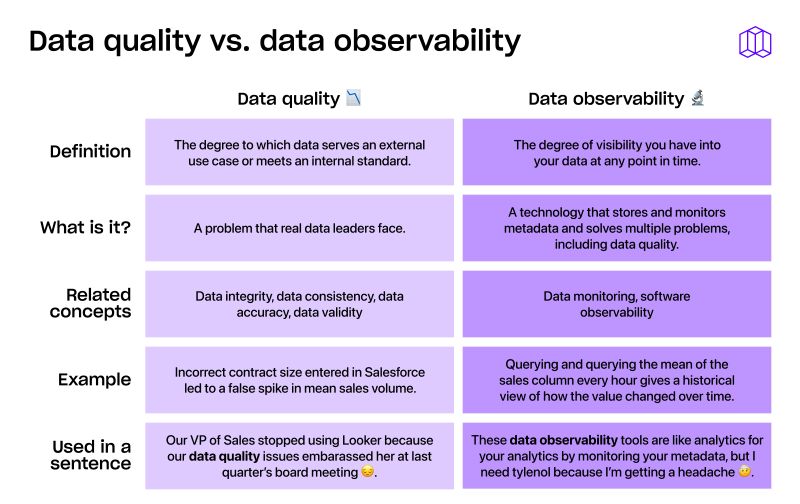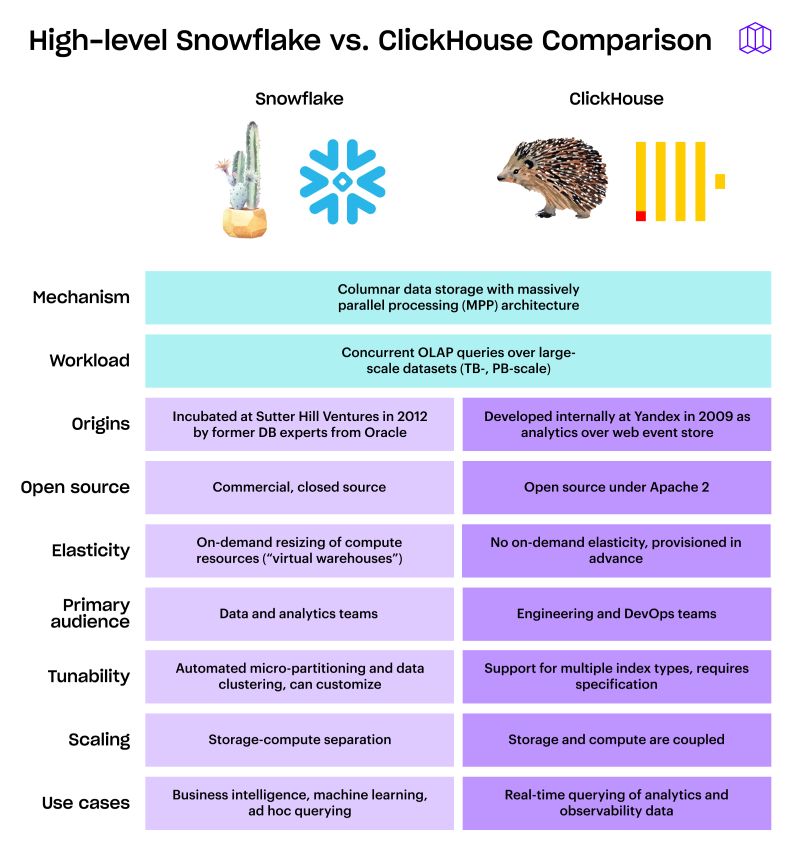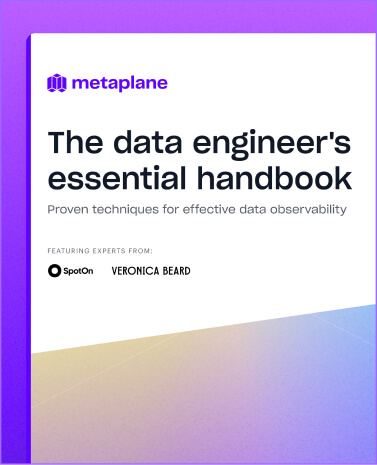Best practices for deploying your Metaplane monitors
Deploying monitors with Metaplane is as easy as it gets—but there's still a few best practices to keep in mind as you roll them out. We'll walk you through each one of them in this article.

Best practices for deploying your Metaplane monitors
Data quality isn't a "set it and forget it" proposition. It requires strategic monitoring that evolves with your business. But where do you start? How do you ensure you're monitoring what truly matters?
In this guide, we'll walk through proven best practices for deploying Metaplane monitors effectively—helping you catch data issues before they impact your business.
1. Start with business-critical data
Not all data is created equal. Begin your monitoring journey with datasets that directly impact key business processes. This will look different for every business, but if I were looking for high-impact places to start, I’d consider:
- Revenue-related data: Orders, transactions, invoices
- Customer-related data: Accounts, user events, subscriptions
- Product-related data: Inventory, feature usage, configuration settings
In short, the data that would be most critical if it broke. If you know there’s a table that powers the dashboard your CFO checks all the time, you should prioritize that over checking for null in the `browser_version` column of your web analytics table.
Our friends at Clearbit saw a 3x improvement in detection time after strategically deploying monitors on their most business-critical tables.
2. Monitor key transformation points
Your data's transformation journey matters just as much as its final state. Place monitors at key transformation points:
- Raw Data Layer: Catch ingestion issues early (missing records, unexpected schema changes)
- Staging Layer: Verify that your cleaned data is ready for transformation
- Consumption Layer: Ensure what reaches your analysts and dashboards meets expectations

Consider this approach: For each transformation point, identify the critical expectations. At the raw layer, you're primarily looking for completeness (are all records present?). At the staging layer, focus on quality (are values within expected ranges?). At the consumption layer, prioritize consistency (do aggregations match historical patterns?).
A single monitor at the end of your pipeline might tell you something's wrong, but it won't tell you where or why. Strategic placement throughout your pipeline helps pinpoint issues at their source.
3. Focus on high-impact columns and tables
Just as not all data is created equal—not all tables and columns are, either. Focus your initial monitoring efforts on tables and columns that are:
- High consumption: Frequently queried by BI tools and dashboards
- High value: Used for executive reporting or machine learning models
- Known issues: Susceptible to frequent schema changes
Remember, it's better to monitor the right things than to increase noisy notifications by monitoring everything.
💡 Pro-tip: With Metaplane’s Suggested Monitors feature, we’ll automatically recommend which tables for columns for you to monitor based on usage, lineage, column name, or any other insights we’ve gleaned from monitors that similar customers have added.
4. Leverage historical data trends
One of the biggest advantages of using an ML-based tool like Metaplane is how it leverages historical data to detect anomalies—not stick to rigid, static thresholds. Metaplane's automated anomaly detection helps surface meaningful deviations in:
- Volume metrics: Row counts, partition sizes, null rates
- Distribution metrics: Min/max values, standard deviations, percentile changes
- Metadata metrics: Schema changes, data type inconsistencies
This training period takes about 3-5 days, whereas other tools take weeks before you begin to get meaningful alerts.
5. Account for trends and seasonality
Your data has natural rhythms that mirror your business. Metaplane takes these rhythms into account. With a historical context window of one year, Metaplane picks up on trends like:
- Retail/E-commerce: Expect order volume spikes during Black Friday/Cyber Monday and holidays
- B2B SaaS: Watch for month-end and quarter-end surges in contract data
- Finance: Plan for reporting-related volume increases at period closes
- All businesses: Be aware of fiscal year transitions and annual planning cycle
A sudden 50% increase in order volume might be alarming on a regular Tuesday but perfectly normal during a holiday sale.
💡 Pro-tip: You can create monitor groups with different sensitivity settings for normal periods versus high-volatility business events. This prevents false positives during expected fluctuations.

6. Design your alert strategy
Even the best monitors are useless if alerts get lost or ignored. To make sure you’re acting on issues fast, you need alerts that:
- Reach the right people at the right place: Configure notifications to reach the right people through familiar channels (Slack, email, PagerDuty)
- Show clear ownership: Establish escalation procedures for critical issues
- Are adjusted for sensitivity: Adjust thresholds to avoid alert fatigue
Alert fatigue is the silent killer of monitoring programs. In our work with hundreds of data teams, we've found that teams with more than 5-7 daily alerts tend to start ignoring them. Start conservative with your alerts and gradually expand as you dial in the right sensitivity.
Do you use dbt Tags? If so, they will be your best friend. When you set up alerts channels in Metaplane, you can use Tags to route those alerts to the specific channels. These tags stick so that you will automatically have the alerts for “tagged” tables sent to the right place without you having to configure those each time.
💡 Pro-tip: Create a "monitor the monitors" process. Schedule a monthly review of your alerts to identify which ones are consistently providing value versus which ones are being ignored. This continuous tuning process is essential for long-term monitoring success.
7. Start small, then expand
After onboarding plenty of customers at this point, we’ve found that the most successful implementations follow this pattern:
- Begin with 5-10 high-value tables
- Review effectiveness after 30 days and adjust settings
- Add 5-10 more tables each month, prioritized by business impact
- Incorporate feedback from data consumers to refine your strategy
Trying to boil the ocean by monitoring everything at once will inevitably lead to alert fatigue. Finding the right balance is key to helping your entire team get value quickly.
Gorgias began with critical data streams and gradually expanded their monitoring coverage, allowing them to detect silent data bugs before they impacted customers.
Final thoughts
Strategic monitor deployment isn't about setting up alerts for everything—it's about focusing your attention where it matters most. By following these best practices, you'll build a data observability strategy that scales with your business and catches issues before they impact your stakeholders.
Ready to implement these best practices? Try Metaplane for free and begin monitoring your most critical data assets today.
Want to see how other data leaders are implementing these practices? Check out our customer stories for more inspiration.
Table of contents
Tags
...

...


















